2 sets of stumps
1 scoreboard
Cricket balls
3 small cones (inner ring)
2 tall cones (boundary)
45 – 90 Minutes
2 players: 1v1 (2 innings)
3 players: 1v1v1 (3 innings)
4 players: 2v2 (2 innings)
5 players: 2v1v2 (3 innings)
6 players: 2v2v2 (3 innings)
Max 6 players per net.

Change ends every 3 balls
3 scoring shots in a row = 1 point
Boundary = 1 point
Must call “Yes” or “No” after each shot — or it’s a dot ball
Wides and no balls count as scoring balls
Bunsen Burner Phase (last 3 balls): All points x3

Wicket = 1 point
3 dot balls in a row = 1 point
Bowled = 2 points
Play and miss = bowler gets an extra ball (free shot)

3 small cones for inner-ring fielders
2 tall cones for boundary fielders
27 “slips” in play (fun tradition, no extra setup)
Leg byes = dot ball
After 2 scoring shots or 2 dots in a row, call “Pressure Ball” before the next ball
Major disputes? Replay the ball
Dot-ball count resets every 3-ball batting set
No appeal = no wicket